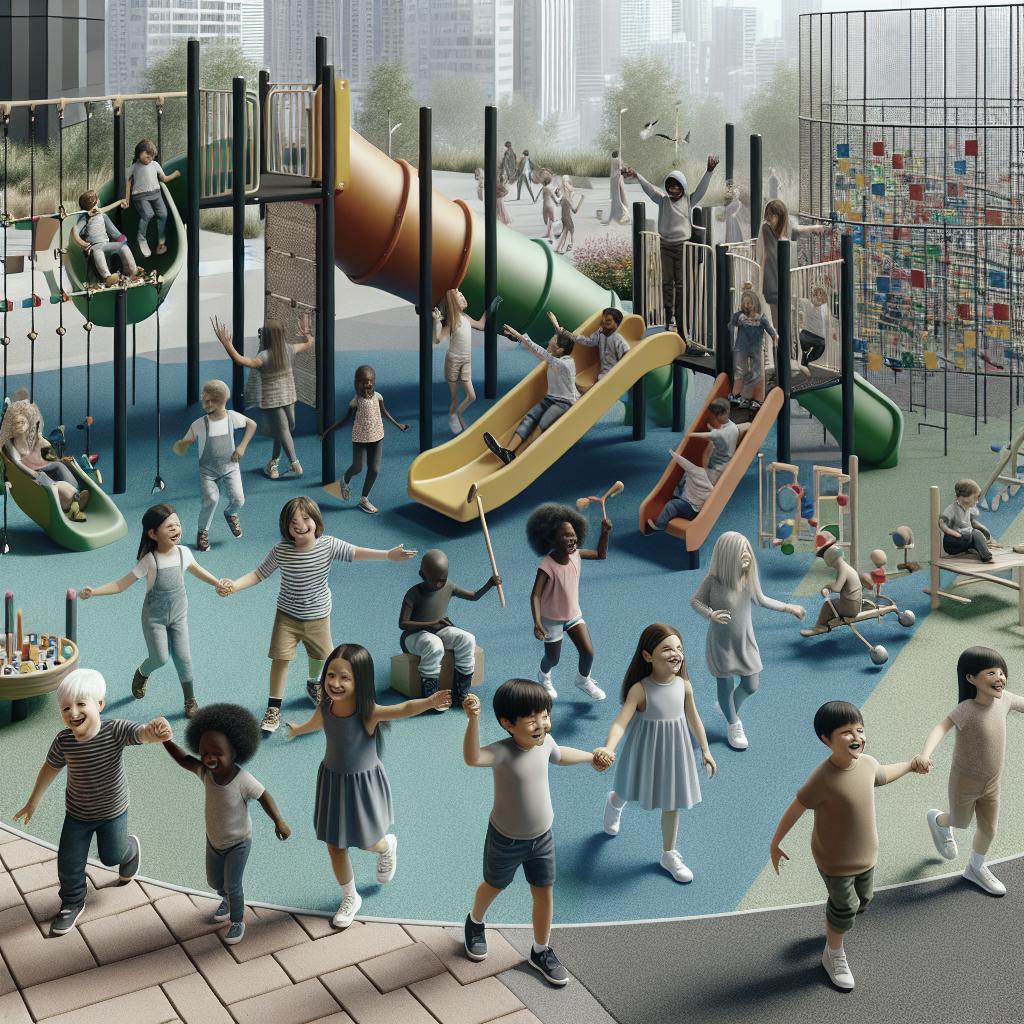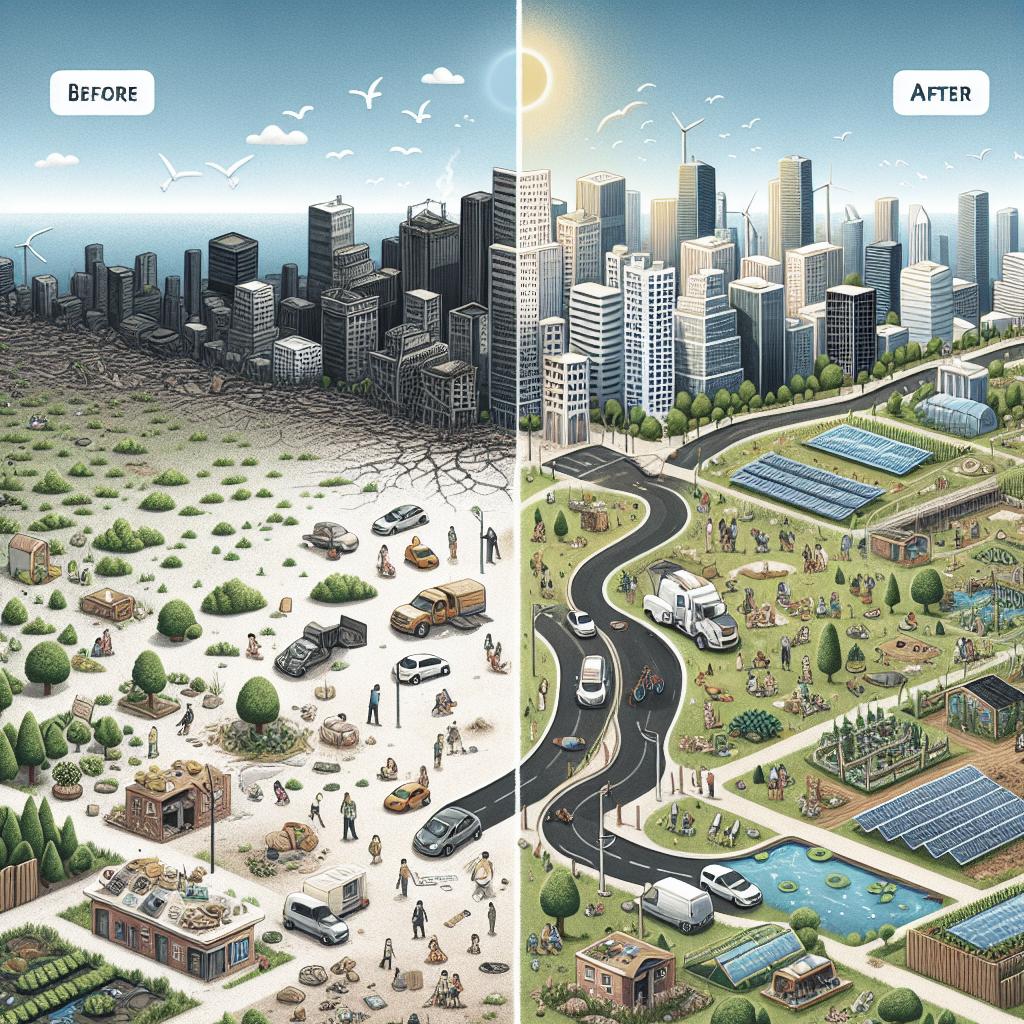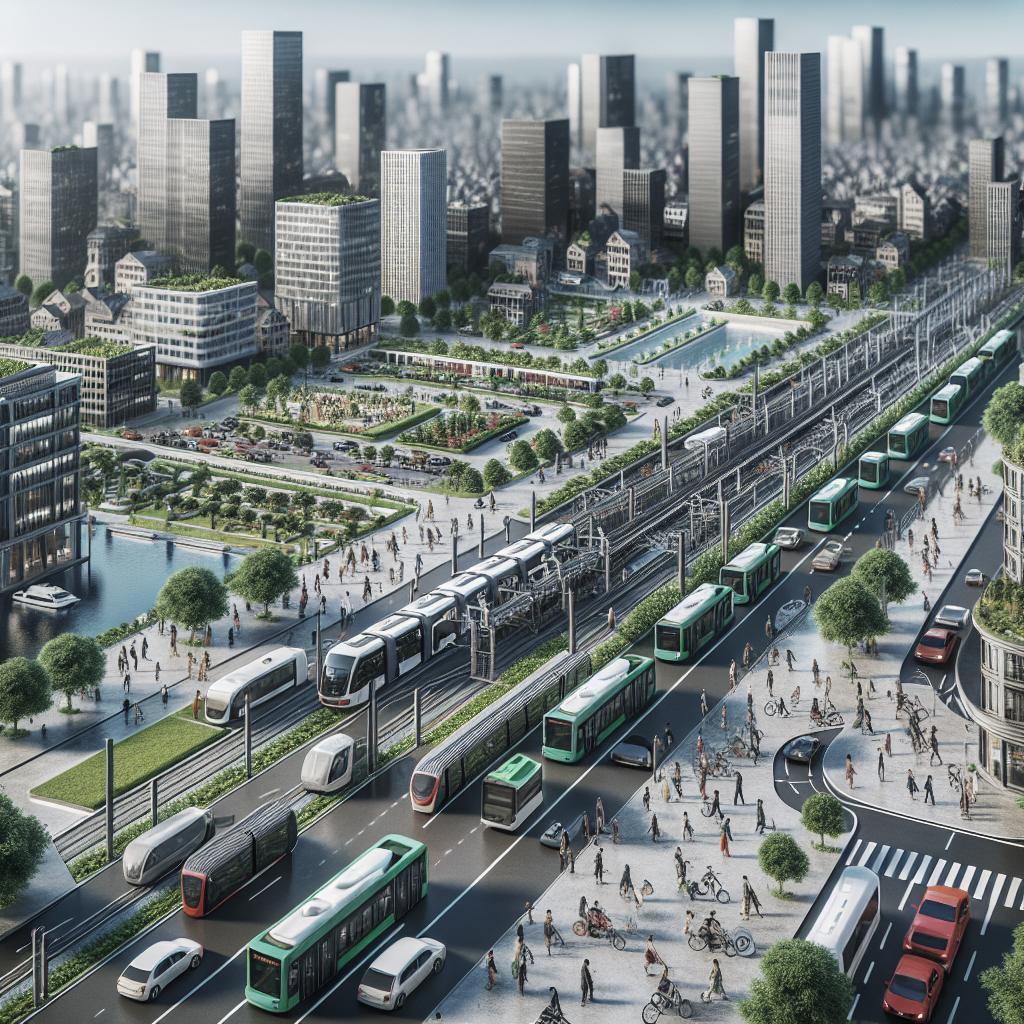<>
— Building a Better World: Inclusive Urban Play Spaces In today’s cities, play spaces should be more than just areas where children gather to play. Inclusive urban play spaces are thoughtfully designed environments that welcome individuals of all abilities, ages, and backgrounds. This blog post delves into the concept of inclusive play, detailing what it means, how to create such environments, the importance of age-focused play design, and fostering an inclusive community. Together, these elements create vibrant, accessible, and engaging spaces that benefit everyone. Whether you’re an urban planner, landscape architect, or community organizer, understanding how to create inclusive urban play spaces is essential for fostering diverse, healthy communities.
What is inclusive play?
Inclusive play refers to creating environments where children of all abilities can engage, explore, and enjoy themselves without barriers. This concept goes beyond simply making playgrounds accessible; it involves designing spaces that enable children with physical, cognitive, and sensory disabilities to play alongside their peers. When successful, these environments stimulate social interactions and reduce feelings of isolation. Importantly, inclusive play environments consider the diverse needs of all children. Safety is paramount, but so is the opportunity for every child to actively participate. This might include sensory play areas, accessible pathways, and equipment that can be used in multiple ways. Ultimately, inclusive play is about equality and ensuring every child has the opportunity to experience the joys of play.
An inclusive play environment
An inclusive play environment starts with thoughtful design. Accessibility should be seamless, not an afterthought. For example, wide pathways, ramps, and rubberized surfaces make it easier for children using wheelchairs or mobility devices to navigate the space. Equipment that accommodates various abilities, such as swings with harnesses or play panels at different heights, ensures everyone can participate. Materials and textures also play a crucial role. Sensory-rich environments can engage children with a range of needs. This might include musical elements, water features, or textured surfaces that can be explored through touch. The key is creating a multi-sensory experience that invites exploration and engagement from all. Additionally, incorporating natural elements like sand, water, and plants can stimulate imaginative play and provide soothing sensory experiences. Integrating nature into play areas also promotes physical activity and fosters a connection with the environment. Inclusive play environments are more than just accessible; they are dynamic spaces where children of all abilities can thrive.
Age-focused play design
Age-focused play design is another critical component of creating inclusive play spaces. Younger children need areas designed to ensure safety while encouraging developmental milestones. These spaces might include soft play areas with low climbing equipment, sandboxes, and interactive play panels designed for cognitive development. For older children, more challenging equipment that promotes physical strength and coordination is essential. Climbing walls, zip lines, and balance beams provide opportunities for risk-taking and skill development. Including varied play areas within one space allows children to choose activities that suit their abilities and interests, encouraging longer and more meaningful play experiences. Additionally, spaces that accommodate intergenerational interactions are beneficial. Features like benches, shaded areas, and walkways provide comfort for caregivers and grandparents, making the area welcoming for the entire community. Age-focused play design, therefore, enhances the inclusivity of a space by catering to the needs and enjoyment of all age groups.
An inclusive community
Creating inclusive play spaces contributes significantly to building an inclusive community. Playgrounds are social hubs where children and families from different backgrounds can come together. Encouraging diverse participation requires more than just accessible structures; it also demands community engagement. Community involvement in the design and implementation process ensures that the needs and preferences of local residents are met. Public consultations, surveys, and focus group discussions can provide valuable insights. Additionally, educational programs about the importance of inclusivity can foster a supportive and informed community. Inclusive play spaces also promote social learning and empathy among children. Interacting with peers of different abilities cultivates understanding and acceptance from a young age. These experiences are foundational for building inclusive mindsets in later life, contributing to a more cohesive and supportive community structure.
Next steps
Creating inclusive urban play spaces requires intentionality, collaboration, and a deep understanding of the diverse needs within a community. Here’s a summary of the key points:
| Section | Key Points |
|---|---|
| What is inclusive play? | Creating environments where all children, regardless of abilities, can interact and play together. |
| An inclusive play environment | Designing spaces with accessible pathways, sensory elements, and diverse materials to foster engagement. |
| Age-focused play design | Incorporating equipment and spaces suitable for different age groups to ensure safety and developmental growth. |
| An inclusive community | Engaging the community in the design process and fostering empathy and understanding through inclusive play. |
By integrating these elements, urban play spaces can become vibrant, inclusive areas that not only support play but also strengthen the fabric of our communities. Efforts in this direction will pave the way for a more inclusive, diverse, and cohesive society. —


